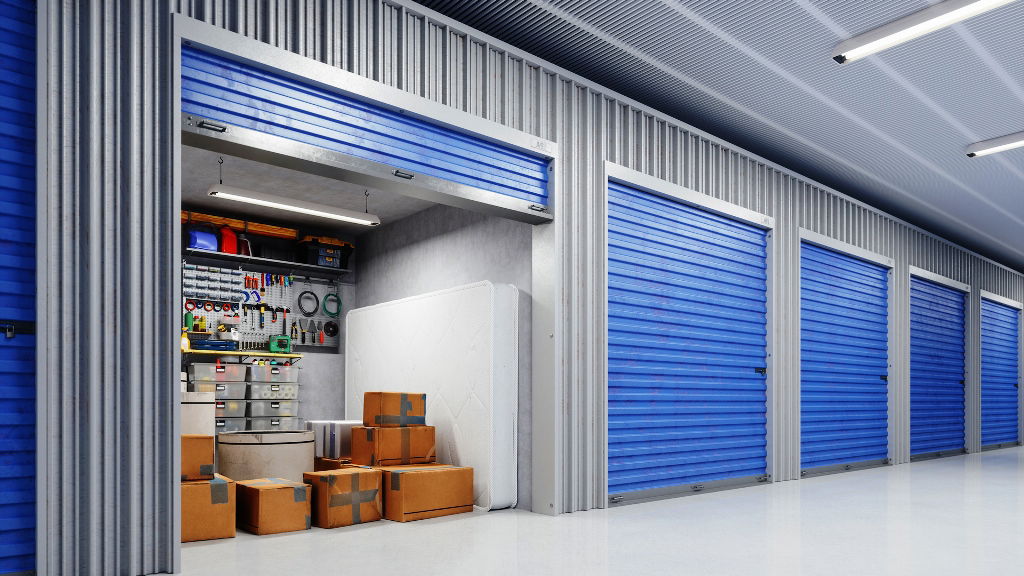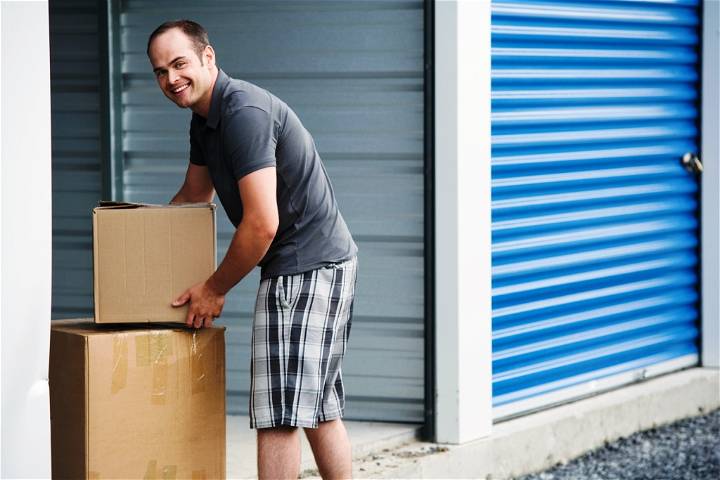Storage units have become an essential part of modern living. With the ever-growing number of items we accumulate and the limited space available in our homes, it is natural to seek solutions for storing and organizing belongings. While commercial storage units are available, creating your own storage unit can save you money, offer more convenience, and provide a tailored solution to your specific needs. In this article, we will explore why you should consider building your own storage unit and how to go about it.

Why Create Your Own Storage Unit?
Cost Savings
Commercial storage facilities often charge hefty monthly fees, which can add up over time. Creating your own storage unit allows you to make a one-time investment in materials and labor, saving you money in the long run.
Customization
With a DIY storage unit, you have the freedom to design and build a space that perfectly fits your needs. This can include features like adjustable shelves, specific dimensions, and tailored compartments for your belongings.
Convenience
Having a storage unit on your property means you can easily access your items whenever you need them. No more driving to a storage facility or dealing with limited access hours.
Security
Building your storage unit allows you to implement security measures that suit your needs, ensuring the safety of your belongings.
Space Optimization
By creating a storage unit tailored to your needs, you can maximize the available space, making it more efficient and organized.
How to Create Your Own Storage Unit

Assess Your Needs
Before you begin, take inventory of the items you plan to store. Consider the dimensions and weight of your belongings, as well as any special storage requirements, such as climate control or additional security measures. This will help you determine the size and features of your storage unit.
Choose a Location
The next step is to select a suitable location for your storage unit. This could be in your backyard, garage, or basement, depending on the space available and your preferences. Ensure the area is easily accessible, safe, and secure.
Plan Your Storage Unit
Develop a detailed plan for your storage unit, including dimensions, layout, and materials. Consider factors such as weight capacity, ventilation, and insulation. Sketch out your design, including the placement of doors, windows, shelves, and any other necessary features.
Gather Materials and Tools
Once you have a solid plan in place, gather the materials and tools you'll need to build your storage unit. This might include lumber, plywood, screws, nails, a saw, drill, and other construction tools. You may also need to purchase or rent specialized equipment, such as a ladder or scaffolding.
Construct the Frame
Start by building the frame of your storage unit. This will typically involve constructing the floor, walls, and roof. Ensure that the frame is sturdy and well-supported, as it will bear the weight of your belongings.
Install the Roof and Walls
After the frame is complete, attach the walls and roof to your storage unit. You may choose to use plywood, sheet metal, or another material for this purpose. Be sure to insulate and weatherproof your storage unit, as needed, to protect your belongings from the elements.
Add Features
Now that the basic structure is complete, add any additional features you require. This might include shelving, hooks, or storage compartments. Customize these features to fit your specific needs and make the most of your available space.
Secure Your Storage Unit
To protect your belongings, install locks on all doors and windows. Consider adding security features such as motion-activated lights or a surveillance system, if necessary. In addition, make sure you have insurance coverage for your storage unit to protect against unforeseen events. No matter how well you secure your unit, there is always the possibility that something will go wrong.
Organize Your Belongings
Once your storage unit is complete, it's time to organize your belongings. Sort your items by category or usage, and consider using labeled containers, boxes, or bins for easy identification. Make sure to place frequently used items in easily accessible locations, while storing seasonal or rarely used items in more remote areas of the unit.
Maintain Your Storage Unit
Regularly inspect and maintain your storage unit to ensure its continued functionality and safety. This includes checking for any signs of damage or wear, addressing pest issues, and ensuring that your security measures are functioning properly.
Optimize Storage Space
As you use your storage unit, you may find ways to further optimize the space. Consider adding more shelves, hooks, or dividers as needed. Additionally, periodically declutter and remove items that you no longer need, allowing you to maintain a well-organized and efficient storage unit.
Conclusion
Creating your own storage unit is a practical and cost-effective solution to your storage needs. By building a custom unit, you can tailor it to your specific requirements, ensuring that your belongings are stored safely and conveniently. The process of designing and constructing a storage unit may require time, effort, and some investment in materials and tools, but the benefits of having a personalized storage space make it well worth the endeavor. By following these steps, you can create a storage unit that suits your needs and allows you to make the most of your available space.

